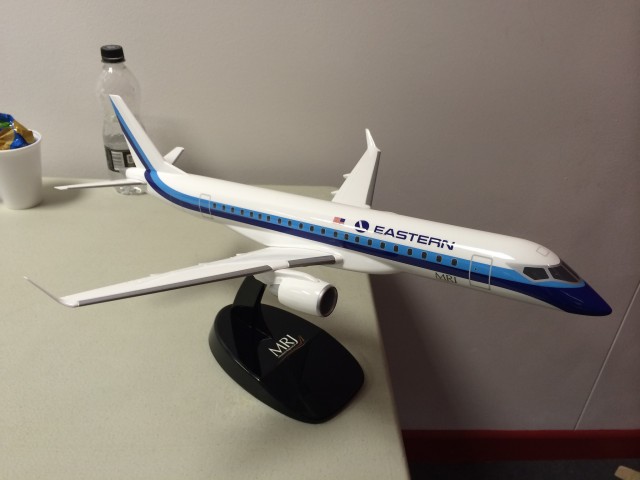
A model at Farnborough showing the Eastern livery on the MRJ90 – Photo: Jon Ostrower
Whenever there is news that a startup airline is going to launch with a classic name-sake, I get a little excited. When press releases started coming in saying that Eastern Air Lines was going to start up again, I was happy, but of course skeptical.
Even back in May when they signed an initial order with Boeing and placed deposits for 10 737-800NG and 10 737 MAX 8 aircraft, I was unsure about the viability of the airline.
Then, last week at the Farnborough Airshow, they announced the signing of a Memorandum of Understanding for 20 Mitsubishi MRJ90 aircraft, with purchase rights to an additional 20. Now, I am starting to pay a bit more attention.
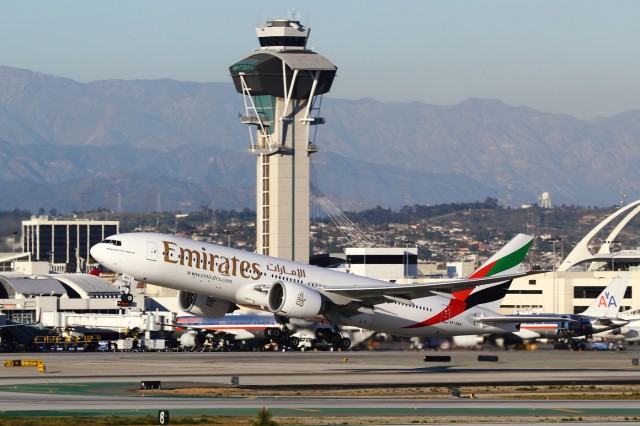
The 2013 World Airline Award winner was Emirates; who will it be this year? Photo: Brandon Farris
The 2014 World Airline Awards were held recently, in conjunction with the Farnborough Air Show, and the winners have been announced. In a star-studded event held at the old Royal Aircraft Establishment’s Wind Tunnels, the winners were announced by Skytrax, who manages the awards. Some of the winners this year came as a bit of a surprise.
The World Airline Awards are an independent and totally non-biased process, with nearly 19 million people voting online (between August 2013 to May 2014) to decide who has the best services, cabins, cabin crews, and even lounges. This is not just for your big name full-service airlines; even Low Cost Carriers have their own categories! More than 105 different nationalities participated in this year’s survey and helped to define who was going to be named “World’s Best Airline”.

A Malaysian Airlines flight operating from Amsterdam to Kuala Lumpur has crashed in Ukraine with 298 on board; 283 passengers and 15 crew. The tail number is reported to be 9M-MRD. The flight was operating as flight 17.
The plane, a Boeing 777-200ER, was delivered to Malaysia Airlines in 1997. The plane’s first flight was July 17, 1997, which is exactly 17 years before its crash. At this point, we know that the plane was taken down by a surface-to-air missile, but we are unsure who fired it.
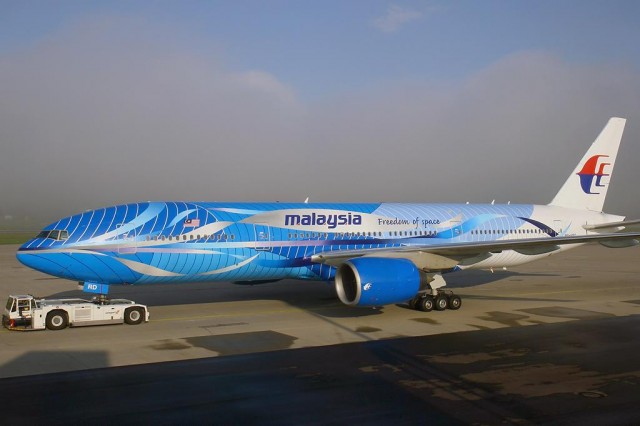
9M-MRD, the plane in question with a different livery then at the time of the accident – Photo: marcusaffleck | Wikimedia Commons

Over the past few years, few issues in the aviation industry have been more polarizing than children on commercial airplanes. The need for families to travel from place to place, or even for children to travel alone, often clashes with the desire of frequent fliers to have a peaceful flight. Some airlines have taken drastic measures, like Malaysia Airlines which has banned babies from first class and all children from the upper deck on their fleet of A380s. Other airlines have added child-free cabins as an ancillary amenity that is available for a fee.
As a newly-minted dad, I look froward to taking my son on his first flight (and many more after that). However I realize that sometimes the unfamiliar atmosphere onboard an airliner can disturb a small child. And when the child is disturbed, they may disturb those seated around them. All children could use an experience that is specially tailored to younger fliers in an industry that usually focuses more on high value (adult) frequent fliers. Unfortunately, cost cutting measures at most airlines have eliminated kid-friendly perks such as kids meals and pin-on airplane wings.
Fortunately, this is not the case at every airline, including at Lufthansa. Last year, 2.1 million children aged eleven and under flew on the German carrier, which is a number based on how many childrens’ fares they sold. Yes, Lufthansa still offers discounted fares for children, which are 75% of the adult fare.
3,123 children qualified as “elites” with the airline, having flown a minimum of 35,000 miles in a year. Some children even attain higher status levels: the youngest Senator member (having flown at least 100,000 miles in a year) is just two years old.
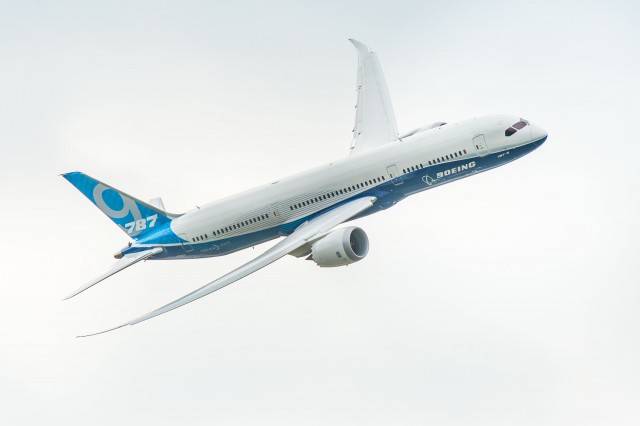
The Boeing 787-9 Dreamliner – flight test airplane ZB001 – completes its validation flight July 11th, ahead of the 2014 Farnborough International Airshow outside London – Photo: Boeing
You are probably aware that the Farnborough Airshow is going on this week. It is a time where airline manufacturers compete for orders, but also a chance to show off a little aviation porn with flying during the airshow. Typically you get to see these large aircraft flown agressively, not like you see them in the “real world.”
We just wanted to share some of the photos of the first Boeing 787-9 Dreamliner (ZB001) taking flight over Farnborough – enjoy!
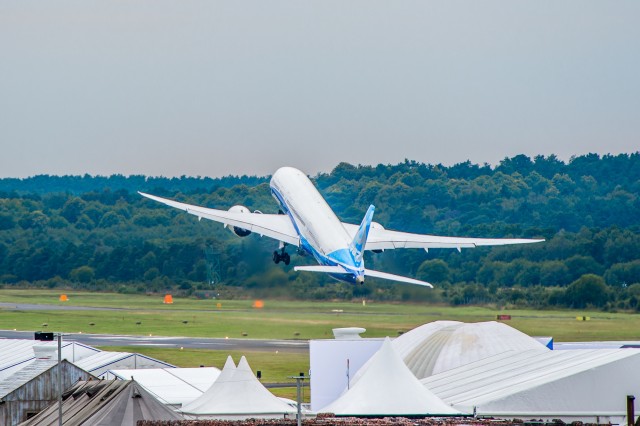
ZB001 takes off from Farnborough – Photo: Boeing






